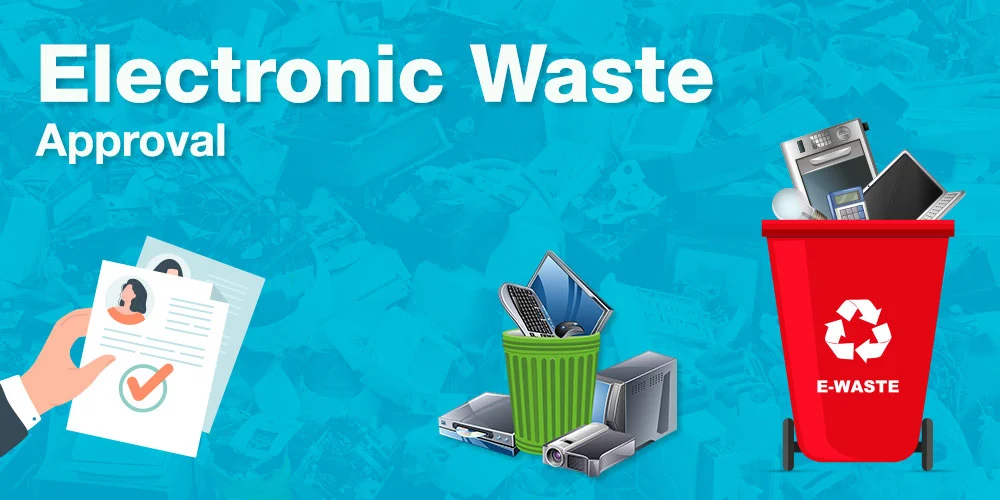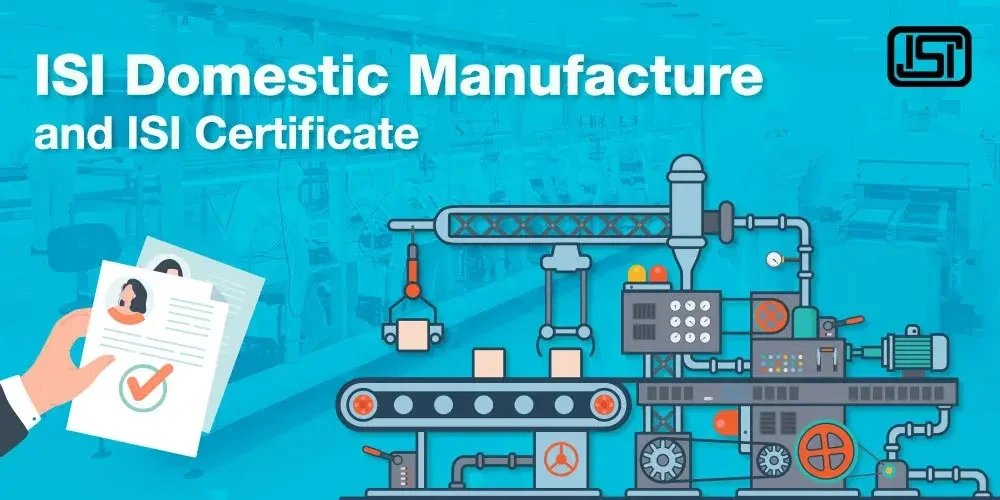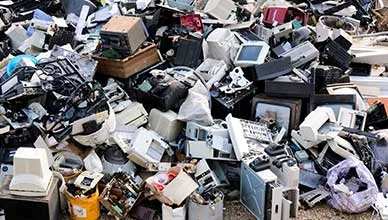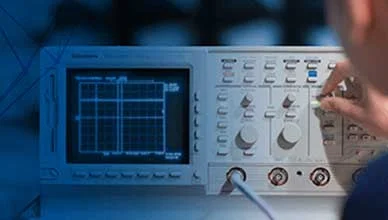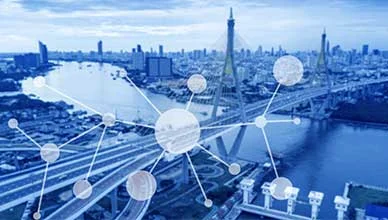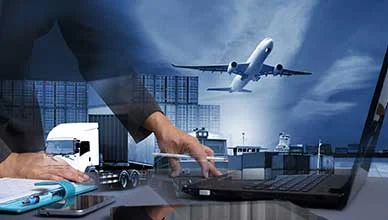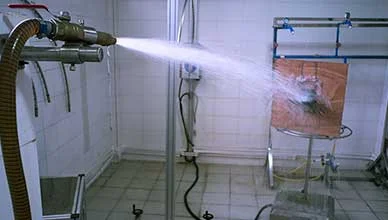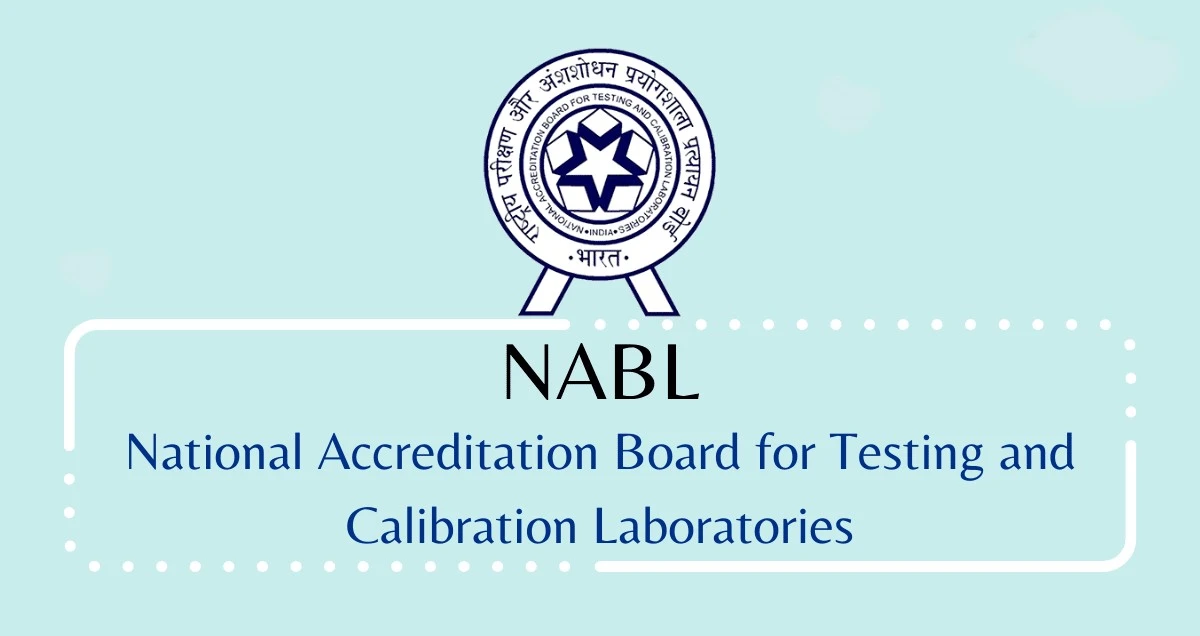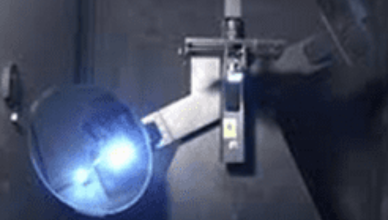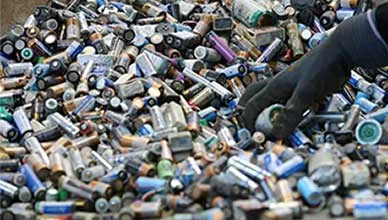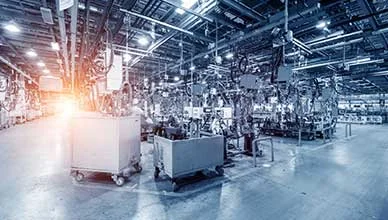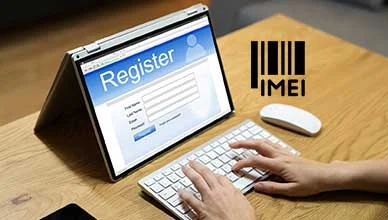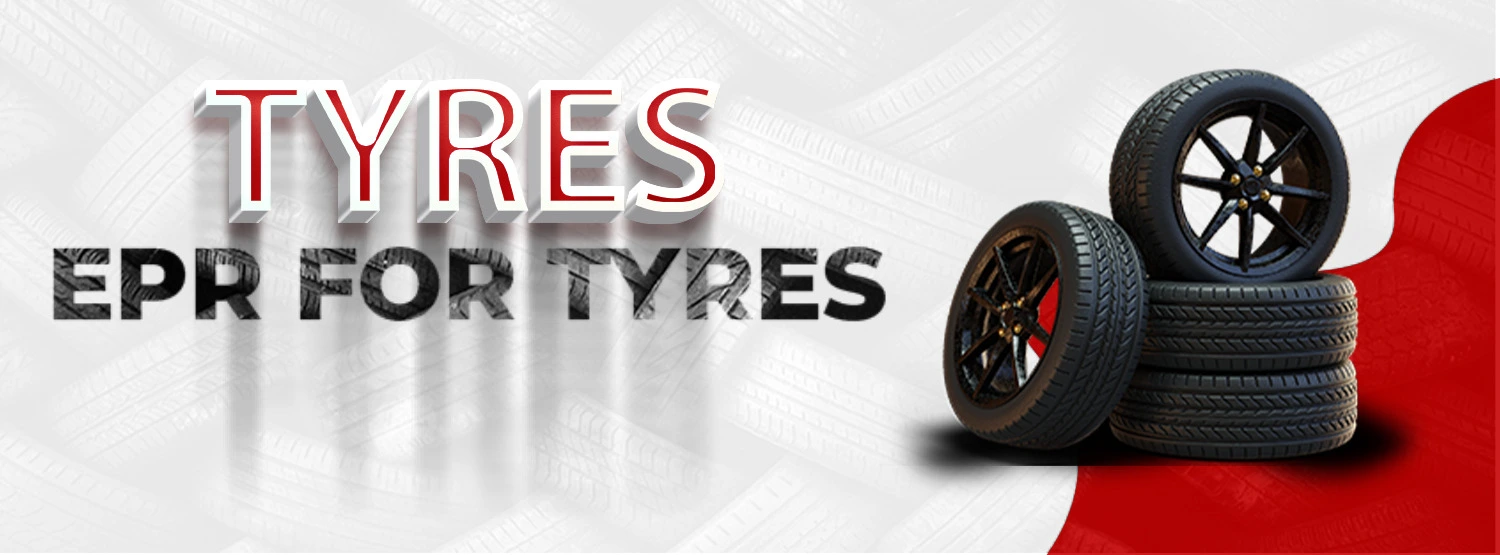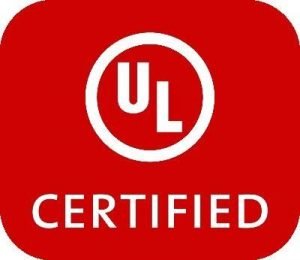EPR REGISTRATION FOR E-WASTE MANAGEMENT
First IntroEPR Registration is applicable to every manufacturer and importer dealing into Electronic products, their components, consumables, parts, and spares which make the product operational as per Schedule 1 provided by the CPCB. According to EPR, every producer is liable for the channelization of the e-waste produced by them. Proper guidelines have been issued by CPCB for collection, storage, transportation, segregation, recycling, and disposal in an environmentally sound manner
What Is E-Waste
EPR Registration for Electronic waste, or e-waste, is a significant global problem caused by our increasing use of electronic devices. It includes old or unwanted electronic equipment like smartphones, laptops, and TVs that we throw away when they're no longer useful. With technology advancing rapidly, we're producing more e-waste than ever before.
EPR For E-waste is harmful because it contains dangerous materials like lead, mercury, and cadmium. When we don't handle it properly, these toxins can pollute our environment, harming both people and nature. They can even damage our nervous, reproductive, and endocrine systems if we're exposed to them for a long time. Sadly, a lot of e-waste ends up in developing countries where it's often dealt with in unhealthy ways. This worsens the environmental and health problems. To tackle this issue, we need to dispose of e-waste responsibly and recycle it. Recycling helps protect our environment and saves valuable resources. Rules and awareness campaigns are also important to ensure that individuals and businesses manage e-waste correctly, keeping both our health and our planet safe.
EPR REGISTRATION FOR E-WASTE MANAGEMENT
EPR for e-waste management is a way of handling old electronic devices like phones, computers, and TVs. It involves collecting, recycling, reusing, and disposing of them in a way that's good for the environment and our health. E-waste is a big problem because it can harm people and the planet, and many folks don't even know about it. To tackle this issue, we need to focus on recycling and managing E-Waste properly. To make things better, we should also control the materials used in making electronic gadgets. This means using fewer harmful substances and not keeping too many extra materials. We can do this by reviewing what we buy and keeping track of what we have. Remember, the device you love today can become waste tomorrow.
BENEFITS OF EPR REGISTRATION CERTIFICATE FOR E-WASTE
1. EPR Reduces Production Costs: EPR encourages the recycling and reuse of electronic waste. This means manufacturers don't have to create new products from scratch. By using recycled materials, they save money on raw materials and production costs.
2. Eco-Friendly Waste Management: EPR ensures that electronic waste is managed in an environmentally friendly manner. This is crucial for protecting the environment from harm. Proper disposal and recycling prevent harmful substances from contaminating the soil and water.
3. Enhanced Product Reputation: Obtaining EPR Authorization from the Pollution Control Board is like getting a seal of approval for a product. It shows that the product is responsible and eco-friendly. This boosts the product's reputation and brand image in the market.
4. Promoting Sustainable Development: EPR is all about sustainability. By recycling and reusing electronic waste, it lowers waste generation and reduces the misuse of natural resources. This contributes to sustainable development and helps protect the planet for future generations.
EPR REGISTRATION FOR MANUFACTURERS AND IMPORTERS
In 2011, the government made a rule called Extended Producer Responsibility (EPR). It says that if you make electric stuff, you must be in charge of taking care of it properly, especially when it's time to throw it away. This rule is all about being nice to the environment. To do this, you need a special certificate called EPR Authorization. The government's Pollution Control Board gives this certificate to companies.
According to the EPR Registration for E-Waste Rules of 2016, if you make things like gadgets, you have to collect, recycle, and throw away your old stuff in a safe way. You must work with a special recycler to do this, and you have to tell the Pollution Control Board your plan for getting rid of your old stuff. So, in simple words, if you make electronic things, you're responsible for making sure they are taken care of when you no longer need them.
EPR - E-WASTE (MANAGEMENT) RULES 2022
The government made new rules for handling electronic waste on November 2, 2022, and they will start on April 1, 2023. These rules say that companies that make, fix, or recycle electronic things must sign up on a special website and gather the waste generated from making, fixing, or throwing away electronic stuff. They need to recycle or dispose of this waste properly. There are different categories like manufacturers, producers, fixers, and recyclers, and a company might fit into more than one category, so they must register for each one. It's not allowed for a company to do this business without registering. Every company has to report regularly about the waste they deal with. These rules apply to all companies involved in making, selling, fixing, taking apart, recycling, and processing electronic waste or electronic equipment listed in a specific schedule.
The Pollution Control Board might ask companies to pay fees based on the amount of EPR Certificate electronic waste they deal with. The companies that make electronic equipment listed in Schedule I have to register and follow specific rules to be responsible for the waste they produce. Companies that had plans under the old rules from 2016 must switch to these new rules following the guidelines set by the Pollution Control Board.
EPR Registration Type
HOW TO APPLY FOR EPR AUTHORIZATION?
Here's how you can get your EPR Authorization:
- Prepare Your Documents: First, gather all the necessary documents and create an EPR plan for your authorization application.
- Fill Out the Application: Complete the application form with all the required information and include your EPR plan.
- Submit Your Application: Hand in your application, along with detailed information about your company and EPR plan to the relevant department.
- Application Review: The CPCB official will carefully examine your application and evaluate your EPR plan for approval. If there are any missing details, the CPCB official may send you a checklist for clarification within 25 days.
- Approval and Authorization: Once your EPR plan is reviewed and approved by the Chairman of CPCB, the divisional head will issue your EPR authorization.
- CPCB (Central Pollution Control Board) will give you the EPR authorization within 120 days once they have everything they need from your application, according to the E-Waste rules. But if your application is missing some information, the CPCB will check it within 25 days and let you know what's still needed.
Important Note: Once you get approved, you'll sign an agreement for one year, and your certificate will be good for five years.
DOCUMENTS REQUIRED FOR EPR REGISTRATION
When you submit Form-1 for EPR authorization, make sure you include these documents:
- Proof of Address: Provide documents that confirm the manufacturer/importer's address.
- GST Certificate: Include the GST certificate that displays the address of the manufacturing unit.
- Company Registration: Submit copies of documents or certificates from the Company Registrar, Directorate of Company, or Import Export code letter.
- Agreements: Include copies of agreements with dealers, collection centers, dismantlers, recyclers, treatment, storage, and disposal facilities, and so on.
- ROHS Compliance: Offer a self-declaration in the prescribed format to confirm your compliance with ROHS regulations.
- Technical Documents: Attach technical documents like supplier declarations, product descriptions, materials, parts, sub-assemblies, and analytical test results.
- Permissions and Licenses: Include copies of permissions and licenses from relevant ministries or departments for marketing various products and conducting business.
- Registration Details: Provide TIN, PAN, and incorporation certificate details.
- Importers: If you're an importer, include a copy of your IEC (Import Export Code).
- Authorization: Submit a copy of the authorization issued by the SPCBs/PCCs (State Pollution Control Boards/Pollution Control Committees).
- EPR Plan Documents: Attach documents related to your Extended Producer Responsibility (EPR) plan.
- Awareness and Budget: Include details of proposed awareness programs and allied initiatives, along with the estimated budget allocated for EPR activities.
EPR Registration Costs
If you want to find out more about the EPR Registration fees, just reach out to our expert team. They'll provide you with all the information you need.
Conclusion
Electronic Waste Management is a growing concern due to the increasing use of electronic devices. E-waste, which includes discarded items like smart phones and laptops, poses environmental and health risks due to the harmful materials it contains.
Proper E-Waste Management, recycling, and awareness campaigns are essential to protect our environment and health.EPR Registration for manufacturers and importers enforces responsible handling of electronic waste. Manufacturers must collect, recycle, and dispose of their products in an environmentally friendly way.
Compliance with these rules is crucial, and obtaining EPR Authorization enhances product reputation. To apply for EPR Authorization, you need to gather the required documents and submit them for review by the Central Pollution Control Board. Once approved, your EPR Authorization will be valid for five years. EPR Registration comes with costs, and for more information, you can contact our expert team. You can reach us via email at contact@evtlindia.com or by calling us at 9560935898.
FAQs1. What is E-Waste?
E-waste includes electronic stuff like old computers, TVs, and other gadgets that are no longer useful. But, instead of throwing them away, many of these items can be reused, fixed up, or recycled.
2. What we do with E-Waste?
It is followed by 3R (reduce, reuse, recycle)
· Reduce: Buy electronics wisely and take good care of them to make them last longer, so you don't create a lot of e-waste.
· Reuse: If your electronic stuff still works, give it to someone else or sell it instead of throwing it away.
· Recycle: When something is broken and can't be fixed, make sure to recycle it. Electronics have different materials inside, like metals, that can be reused.
3. What is EPR, and why it is important?
EPR, or Extended Producer Responsibility, means that companies have to take care of their products even after we're done using them. This helps the environment because it encourages companies to make eco-friendly products and reduce pollution.
4. Is EPR mandatory in India?
Yes, EPR is mandatory for certain products in India. If you'd like to learn more, feel free to get in touch with us.
5. What are the policies for EPR in India?
The current policy makes sure that every producer of electrical and electronic equipment and their spare parts doesn't include harmful substances like lead, mercury, cadmium, hexavalent chromium, polybrominated biphenyls, and polybrominated diphenyl ethers above a certain limit. Each producer must provide clear information about what's in their equipment, and they have to confirm that it follows the RoHS (Restriction of Hazardous Substances) rules. This information is included in the user manual of the product.
6. Is EPR is effective?
EPR policies have made recycling more popular and have helped reduce pollution. These policies are bringing good changes across the country.
7. How do I get EPR?
If you need an EPR License quickly, contact our EPR experts right away.
8. How do I get rid of electrical appliances?
Repair: Instead of throwing things away, consider fixing them. It's both eco-friendly and cost-effective.
Reuse: If your stuff is still in good shape but you no longer need it, sell it or give it to someone who can use it.
Recycle: Many non-profit groups, local communities, and official organizations can assist you in recycling old electronics. It's a responsible way to dispose of them.
MANDATORY PRODUCTS LIST FOR EPR REGISTRATION
Notified Electrical & Electronic Equipment
Sr. No. Categories of electrical and electronic equipment EEE Code Average Life 1 Centralized data processing:: Mainframe ITEW1 10 2 Centralized data processing: Minicomputers ITEW1 5 3 Personal Computing: Personal Computers (Central Processing Unit with input and output devices) ITEW2 6 4 Personal Computing: Laptop Computers(Central Processing Unit with input and output devices) ITEW3 5 5 Personal Computing: Notebook Computers ITEW4 5 6 Personal Computing: Notepad Computers ITEW5 5 7 Printers including cartridges ITEW6 10 8 Copying equipment ITEW7 8 9 Electrical and electronic typewriters ITEW8 5 10 User terminals and systems ITEW9 6 11 Facsimile ITEW10 10 12 Telex ITEW11 5 13 Telephones ITEW12 9 14 Pay telephones ITEW13 9 15 Cordless telephones ITEW14 9 16 Cellular telephones : Feature phones ITEW15 7 17 Cellular telephones : Smart phones ITEW15 5 18 Answering systems ITEW16 5 19 Television sets (including sets based on (Liquid Crystal Display and Light Emitting Diode technology) CEEW1 9 20 Refrigerator CEEW2 10 21 Washing Machine CEEW3 9 22 Air-conditioners excluding centralized air conditioning plants CEEW4 10 23 Fluorescent and other Mercury containing lamps CEEW5 2 24 Products or equipment of Transmitting sound, images or other information by Telecommunications and Bluetooth enabled devices - Smart Watch/ Fitness Band, Bluetooth Headset,Virtual Reality Camera, etc ITEW17 3 25 Products or equipment of Transmitting sound, images or other information by Telecommunications – Telecommunication Antenna ITEW17 7 26 Products or equipment of Transmitting sound, images or other information by Telecommunications – Transmitters ITEW17 5 27 Products or equipment of Transmitting sound, images or other information by Telecommunications - Wi-Fi/wireless enabled Devices ITEW17 3 28 Products or equipment of Transmitting sound, images or other information by Telecommunications – Radio/Satellite Telephone ITEW17 7 29 walkie talkie ITEW17 5 30 BTS (all components excluding structure of tower) ITEW18 15 31 Tablets, I-PAD ITEW19 5 32 Phablets ITEW20 5 33 Scanners ITEW21 5 34 Routers - Routers, Access Point and Controller, LAN Switches, SDWAN, ioT Gateway, etc ITEW22 10 35 GPS ITEW23 5 36 UPS -upto 2 KVA ITEW24 7 37 UPS -greater than 2 KVA ITEW24 10 38 INVERTER -upto 2 KVA ITEW25 7 39 INVERTER -greater than 2 KVA ITEW25 10 40 Modems ITEW26 5 41 ELECTRONIC DATA STORAGE DEVICES FOR FLASH DRIVE (SMALL DEVICES) ITEW27 5 42 ELECTRONIC DATA STORAGE DEVICES FOR LARGE DRIVE LIKE SERVER ITEW27 10 43 Screen, Electronic Photo frames, Electronic Display Panel, Monitors CEEW6 7 44 Radio sets CEEW7 8 45 Set top Boxes CEEW8 8 46 Video Cameras CEEW9 10 47 Video Recorders CEEW10 5 48 Hi-Fi Recorders CEEW11 5 49 Audio Amplifiers- Speakers, Multi Media Speaker, Home Theatre, Sound Bar, Wireless Speaker etc CEEW12 10 50 Other products or equipment for the purpose of recording or reproducing sound or images including signals and other technologies for the distribution of sound and image by telecommunications - CCTV Camera with DVR & NVR CEEW13 7 51 Other products or equipment for the purpose of recording or reproducing sound or images including signals and other technologies for the distribution of sound and image by telecommunications – Projector CEEW13 7 52 Other products or equipment for the purpose of recording or reproducing sound or images including signals and other technologies for the distribution of sound and image by telecommunications - Digital sound and video recorder and player CEEW13 7 53 Other products or equipment for the purpose of recording or reproducing sound or images including signals and other technologies for the distribution of sound and image by telecommunications - Others products or equipment for the purpose of recording or reproducing sound or images including signals and other technologies for the distribution of sound and image by telecommunications CEEW13 7 54 HDCOM USED FOR VIDEO CONFERENCING CEEW13 10 55 Solar panels/cells, solar Photovoltaic panels/cells/modules. CEEW14 15 56 Luminaires for fluorescent lamps with the exception of luminaires in households CEEW15 2 57 High intensity discharge lamps, including pressure sodium lamps and metal halide lamps CEEW16 2 58 Low pressure sodium lamps CEEW17 2 59 Other lighting or equipment for the purpose of spreading or controlling light excluding filament bulbs -LED BULBS/TUBES/CONSUMER LUMINARIES & CONSUMER LED DRIVES CEEW18 4 60 Other lighting or equipment for the purpose of spreading or controlling light excluding filament bulbs -PROFESSIONALS LUMINARIES & DRIVES CEEW18 8 61 Digital camera CEEW19 5 62 Large cooling appliances LSEEW1 10 63 Freezers LSEEW2 10 64 Other large appliances used for refrigeration, conservation and storage of food LSEEW3 10 65 Clothes dryers LSEEW4 10 66 Dish Washing Machines LSEEW5 10 67 Electric cookers LSEEW6 7 68 Electric stoves LSEEW7 7 69 Electric hot plates LSEEW8 5 70 Microwaves, Microwave Oven LSEEW9 10 71 Other large appliances used for cooking and other processing of food LSEEW10 10 72 Electric heating appliances LSEEW11 10 73 Electric radiators LSEEW12 7 74 Other large appliances for heating rooms, beds, seating furniture LSEEW13 7 75 Electric fans LSEEW14 10 76 Other fanning, exhaust ventilation and conditioning equipment LSEEW15 10 77 Vacuum cleaners LSEEW16 10 78 Carpet sweepers LSEEW17 10 79 Other appliances for cleaning LSEEW18 10 80 Appliances used for sewing, knitting, weaving and other processing for textiles LSEEW19 7 81 Iron and other appliances for ironing, mangling and other care of clothing - Dry iron LSEEW20 15 82 Iron and other appliances for ironing, mangling and other care of clothing - Steam Iron/Garment Steamer LSEEW20 10 83 Grinders, coffee machines and equipment for opening or sealing containers or packages LSEEW21 10 84 Smoke detector LSEEW22 10 85 Heating Regulators LSEEW23 5 86 Thermostats LSEEW24 5 87 Automatic dispensers for hot drinks LSEEW25 7 88 Automatic dispensers for hot or cold bottles or cans LSEEW26 7 89 Automatic dispensers for solid products LSEEW27 10 90 Automatic dispensers for money LSEEW28 10 91 All appliances which deliver automatically all kinds of products LSEEW29 10 92 Indoor air purifier LSEEW30 10 93 Hair dryer LSEEW31 5 94 Electric shaver LSEEW32 5 95 Electric kettle LSEEW33 5 96 Electronic display panels/board/visual display unit LSEEW34 9 97 Drills EETW1 8 98 Saws EETW2 10 99 Sewing Machines EETW3 15 100 Equipment for turning, milling, sanding, grinding, sawing, cutting, shearing, drilling, making holes, punching, folding, bending or similar processing of wood, metal and other materials EETW4 10 101 Tools for riveting, nailing or screwing or removing rivets, nails, screws or similar uses EETW5 10 102 Tools for welding, soldering, or similar use EETW6 10 103 Equipment for spraying, spreading, dispersing or other treatment of liquid or gaseous substance by other means EETW7 10 104 Tools for mowing or other gardening activities EETW8 10 105 Electrical trains or car racing sets TLSEW1 2 106 Hand-held video games consoles TLSEW2 2 107 Video games TLSEW3 2 108 Computers for biking, diving, running, rowing, etc. TLSEW4 5 109 Sports equipment with electric or electronic components TLSEW5 5 110 Coin slot machines TLSEW6 8 111 Radiotherapy equipment and accessories MDW1 20 112 Cardiology equipment and accessories MDW2 10 113 Dialysis equipment and accessories MDW3 10 114 Pulmonary ventilators and accessories - Diagnostic Cardiology MDW4 7 115 Pulmonary ventilators and accessories - Anaesthesia & Respiratory MDW4 10 116 Nuclear Medicine Equipment and accessories MDW5 20 117 Laboratory equipment for in vitro diagnosis and accessories MDW6 15 118 Analysers and accessories MDW7 10 119 Magnetic Resonance Imaging (MRI), Positron Emission Tomography (PET) Scanner, Computed Tomography Scanner, & Ultrasound Equipment along with accessories - MRI MDW8 15 120 Magnetic Resonance Imaging (MRI), Positron Emission Tomography (PET) Scanner, Computed Tomography Scanner, & Ultrasound Equipment along with accessories - PET CT/PET MDW8 20 121 Magnetic Resonance Imaging (MRI), Positron Emission Tomography (PET) Scanner, Computed Tomography Scanner, & Ultrasound Equipm
- Home
-
Services
- BIS-CRS Certification
- ISI Domestic Manufacture
- EPR Plastic Waste
- EPR E-Waste
- EPR Registration
- EPR Battery Waste
- BIS FMCS Registration
- WMI Registration
- BIS ISI Mark Certification
- BIS ECO Mark Scheme
- EMI-EMC Test
- RF Testing
- IP Rating Test
- TEC Approvals
- NABL Testing
- LM 79 & LM 80
- ROHS Approval
- CE Certificetion
- EPR Importance
- EPR For Tyres
- TradeMark
- Copy Right
- WPC-ETA Approval
- BEE Registration
- FSSAI Registration
- Gem Registration
- TSDF Facility
- Import Export License
- Custom Compliance
- LAB Setup and lab equipment
- UL Certification
- CDSCO Approvals
- Drug License
- NOC For Steel
- IMEI Registration
- ISO Certification
- Legal Metrology
- NSIC Registration
- Start-Up Registration
- Make in India Mark
- LMPC Registration
- CDSCO Registration
- Updates
- Gallery
- About Us
- Clients
- Refund &
Cancellation Policy - Contact Us

